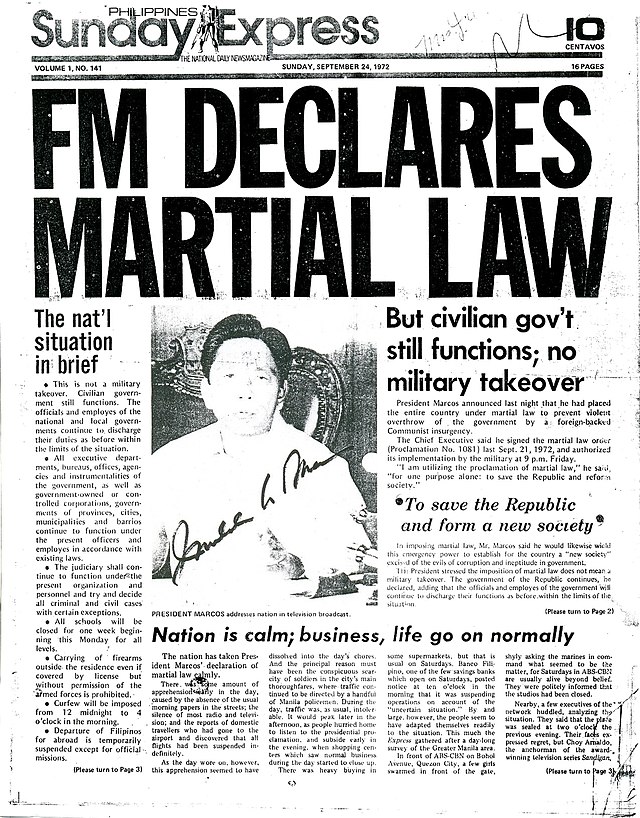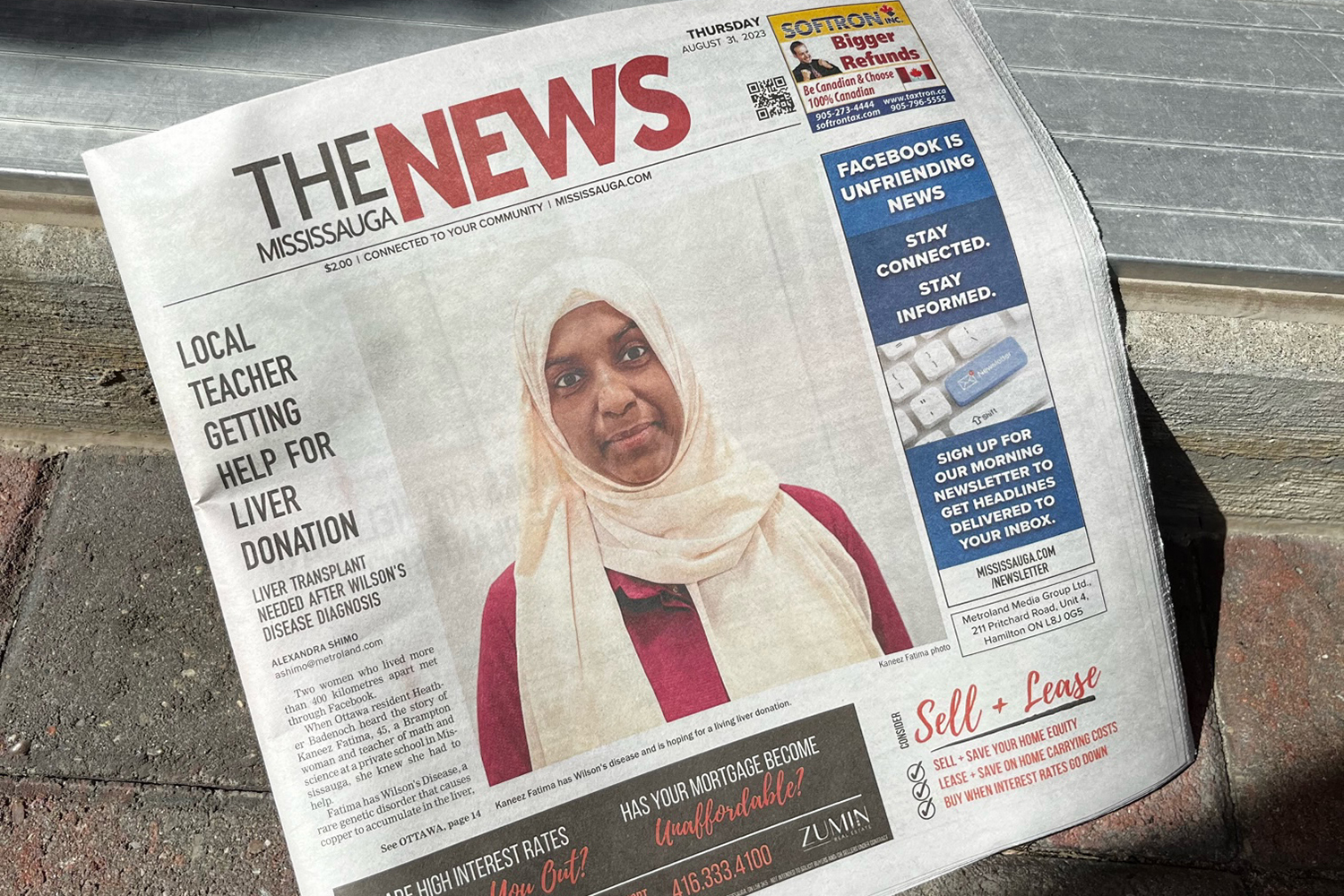News Articles - Questions
News Articles - Questions
Blog Article
The 25-Second Trick For News Articles
Table of ContentsThe 7-Minute Rule for News Articles10 Easy Facts About News Articles ExplainedThe Definitive Guide to News ArticlesNews Articles Fundamentals ExplainedA Biased View of News Articles
Excellent knowledge of various subjects gives students a competitive side over their peers. Despite the fact that digital and social media are readily easily accessible, we ought to not forget just how important it is to read the newspapers. Moms and dads need to try and instill the habit of checking out a paper as a day-to-day routine to continue the tradition of the revered print medium.Newspaper article additionally have at the very least one of the adhering to important attributes relative to the designated audience: distance, prestige, timeliness, human interest, curiosity, or repercussion. The related term journalese is sometimes utilized, generally pejoratively, to refer to news-style writing. One more is headlinese. Papers usually stick to an expository writing design.
Within these limits, newspaper article also aim to be comprehensive. Other elements are involved, some stylistic and some acquired from the media type. Among the bigger and extra recognized papers, justness and balance is a significant consider offering info. Discourse is generally restricted to a different area, though each paper might have a various total slant.
Papers with an international target market, for example, tend to make use of an extra official design of composing. The specific choices made by an information outlet's editor or editorial board are usually accumulated in a style overview; typical style guides consist of the and the US News Design Book. The primary goals of information writing can be summarized by the ABCs of journalism: accuracy, brevity, and clearness.
Some Known Details About News Articles
As a policy, reporters will not make use of a lengthy word when a brief one will do. News authors try to avoid utilizing the same word much more than as soon as in a paragraph (occasionally called an "resemble" or "word mirror").
Nonetheless, headlines often omit the subject (e.g., "Leaps From Boat, Catches in Wheel") or verb (e.g., "Cat lady lucky"). A subhead (likewise subhed, sub-headline, subheading, caption, deck or dek) can be either a subordinate title under the primary heading, or the heading of a subsection of the short article. It is a heading that precedes the main message, or a group of paragraphs of the main text.

Additional signboards of any of these kinds may appear later in the short my sources article (particularly on succeeding pages) to tempt more analysis. Such signboards are also used as reminders to the post in other sections of the magazine or website, or as promotions for the piece in other magazine or sites. Normal framework with title, lead paragraph (recap in bold), other paragraphs (information) and get in touch with info.

Example of a hard-lead paragraph NASA is proposing an additional space task. The spending plan requests about $10 billion for the project.
The NASA announcement came as the agency asked for $10 billion of appropriations for the project. An "off-lead" is the second essential front web page Continue information of the day. The off-lead appears either in the leading left edge, or directly listed below the lead on the. To "bury the lead" is to begin the write-up with history info or information of second importance to the visitors, compeling them to find out more deeply into a post than they must have to in order to uncover the necessary points.
Unknown Facts About News Articles
Common use is that a person or more sentences each form their very own paragraph. Reporters generally explain the organization or framework of an information tale as an upside down pyramid. The essential and most intriguing aspects of a story are placed at the start, with supporting info adhering to in order of lessening value.
It enables individuals to check out a subject to only the depth that their inquisitiveness takes them, and without the charge of details or nuances that they could take into consideration unimportant, yet still making that details available website link to a lot more interested visitors. The upside down pyramid structure also enables short articles to be trimmed to any approximate length throughout design, to fit in the room offered.
Some writers start their tales with the "1-2-3 lead", yet there are numerous kinds of lead readily available. A twist can refer to several points: The last story in the news program; a "delighted" tale to finish the program.
Longer posts, such as publication cover posts and the items that lead the inside sections of a newspaper, are understood as. Attribute stories differ from straight information in several means.
What Does News Articles Mean?
A function's first paragraphs typically connect a fascinating minute or event, as in an "anecdotal lead". From the details of a person or episode, its view promptly widens to generalizations concerning the story's topic.

The Editor's Tool kit: A Referral Overview for Beginners and Professionals (2001) Allan M. Siegal and William G. Connolly. The New York Times Guidebook of Style and Usage: The Official Style Overview Utilized by the Writers and Editors of the Globe's Many Authoritative Paper (2002) M. L. Stein, Susan Paterno, and R.
Report this page